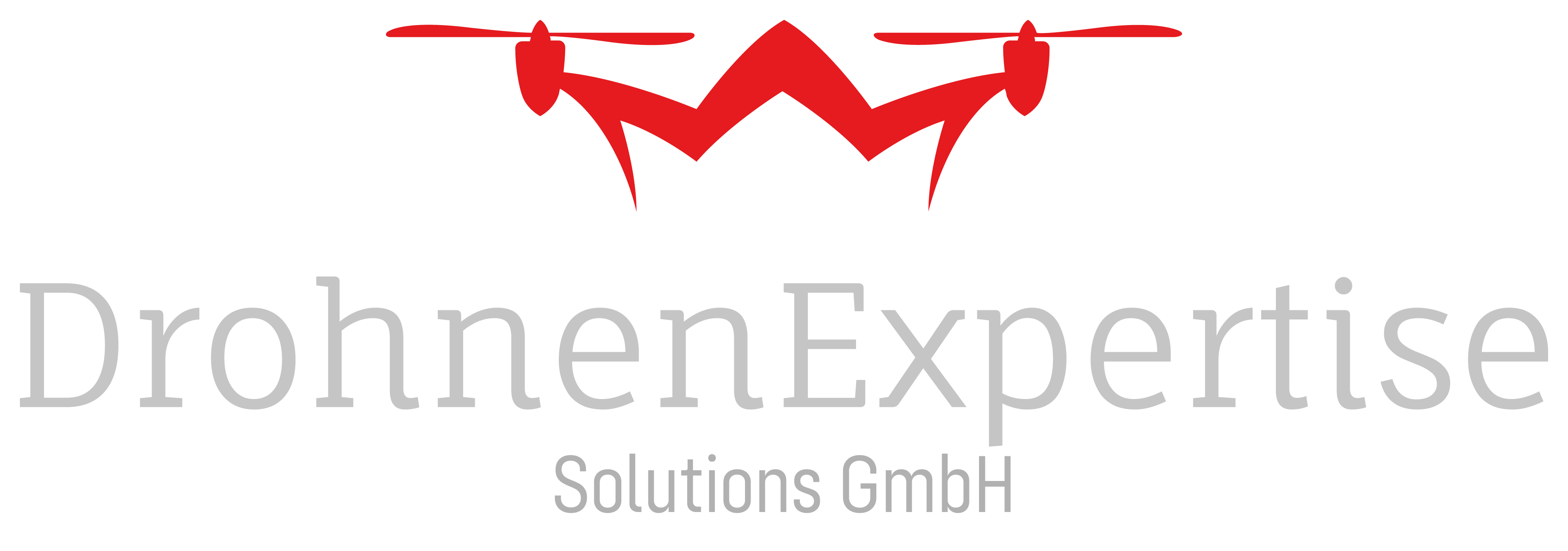Inspect your buildings, properties and industrial plants with drones
This can be expensive.
Rain, snow, hail, but also time gnaw away at bridges, railroad tracks, high-rise buildings, industrial chimneys,
towers, industrial plants, historic buildings, dams, locks and so on.
Certain buildings and facilities need to be inspected regularly to ensure the safety of people.
You know that. How do you have your buildings and installations inspected?
Do you have to stop your facilities for inspection? Are you accepting a loss of turnover?
Or do you even commission cost-intensive inspections? With specially trained personnel, industrial climbers,
abseiling equipment or special scaffolding, lift trucks or even helicopters?
Save yourself the trouble!
Inspections with drones replace or supplement conventional visual inspections. They are a low-risk way of inspecting and documenting things at great heights, in confined spaces, in polluted environments or in areas that are difficult to access.
Advantages of inspection with drones:
- Your systems continue to run while we check them with our drones.
- Drones can easily reach high or hard-to-access areas.
- Drone inspections are also possible at short notice in urgent cases – after a storm, for example.
- Surrounding traffic routes (on land, water or in the air) do not have to be closed.
Drone inspections of railroad tracks, bridges and buildings
Are the railroad tracks still stable and safe? This can easily be checked with drones. Save yourself the trouble of having employees check the railroad tracks kilometer by kilometer. Or expensive robots. Optical and thermal imaging cameras film the tracks and track bed. And tracks don’t even have to be closed.
In a suitable time window, drone pilots fly special copters over selected areas. Even over bridges or through two-storey bridges.
Our high-resolution cameras recognize details from a safe distance. This enables us to detect damage at an early stage.
Are there any cracks in the steel or concrete? Where does soiling impair safety? Are weld seams and screw connections still tight? We check the general condition of the property.
Simple. Fast. Safe.
What can we help you with?
Write to us at info@drohnenexpertise.de
Or give us a call: +49 152 – 21 76 67 24
Let’s have an initial, non-binding discussion to find out how we can support you.
Frequently asked questions about aerial photography for a drone inspection:
Which buildings and facilities are suitable for inspection by drone?
Drones and multicopters can be used to inspect industrial and commercial construction areas, building roofs, building facades, historical buildings such as castles, palaces, monuments, bridges (railroad, road and sea bridges), dams, locks, shoreline structures, transmission masts, nuclear power plants, energy plants, high-rise buildings and towers.
How does the inspection with the drone work?
Every inspection with a drone is unique. However, many inspections follow a basic pattern:
- We plan the inspection.
- We inspect the desired area.
- We review the recordings and edit them.
- You will receive a final report.
What are the advantages of having the inspection carried out by professionals using a drone?
Buying a drone is a costly and high-maintenance affair. It is only worthwhile if it is used very often. You also need specially trained employees. Depending on the job, they may need to obtain approvals and permits from the relevant authorities in each federal state.
If you commission external drone inspections, you save yourself the trouble. An inspection enables you to recognize changes immediately and react in good time.
How accurate are drone inspections?
Drones are equipped with high-resolution cameras and other sensors that provide detailed and accurate data. They can detect cracks, corrosion, damage and other problems that would be difficult to see with the naked eye.
How long does a drone inspection take?
We inspect objects with the drone relatively quickly. Drone inspections can also be carried out at short notice. And the whole thing is very safe. Without any danger to people. So you don’t need a long lead time, you don’t have to erect scaffolding or develop safety concepts.
How is the data from a drone inspection analyzed?
The collected data is often analyzed in special software programs. These extract a wide range of information, including three-dimensional models, thermal images and much more. In some cases, the results can be delivered almost in real time.
